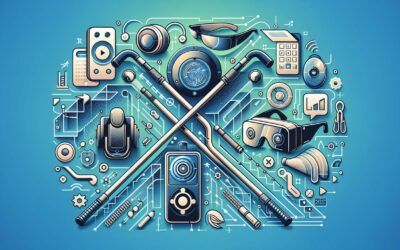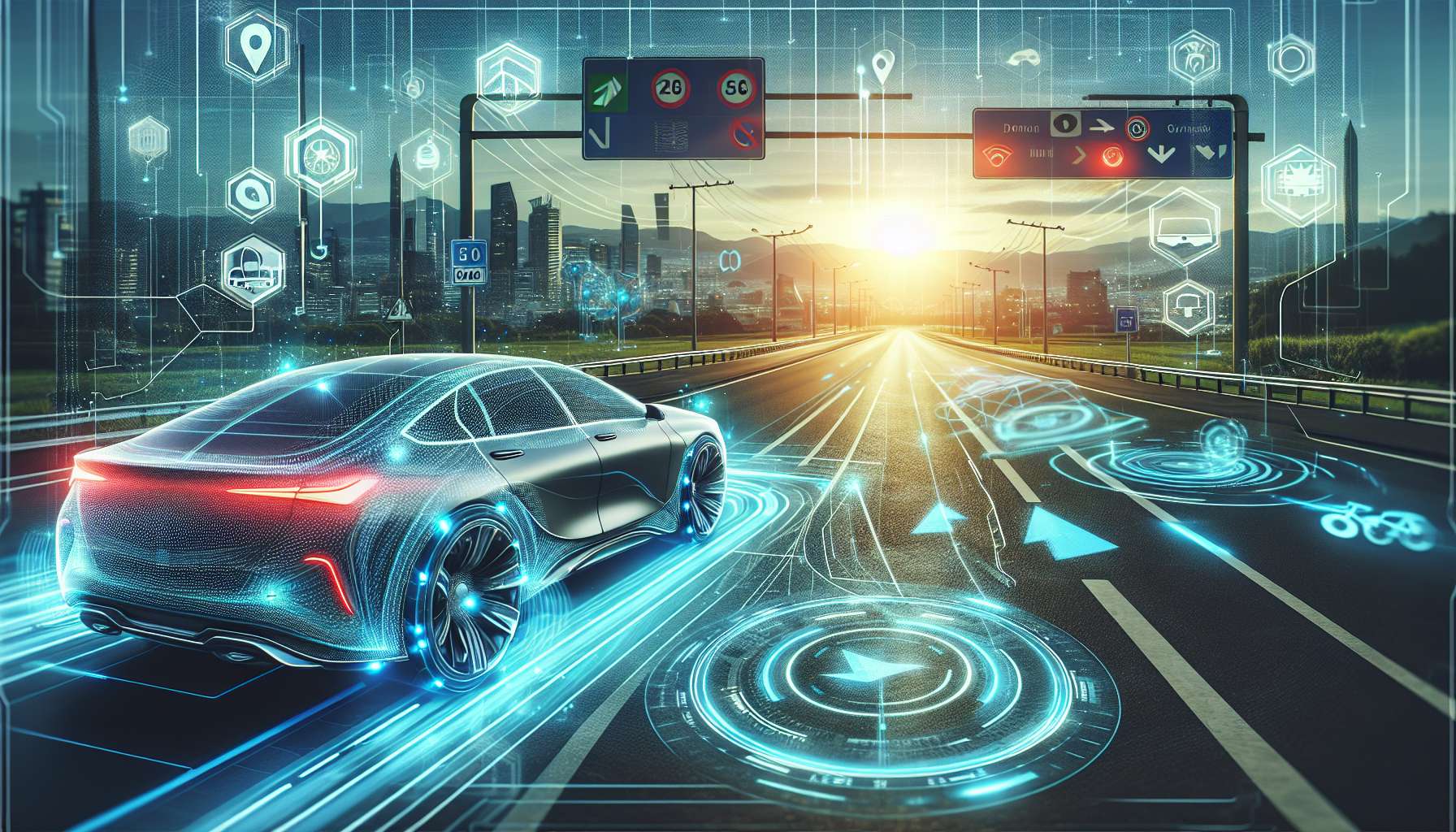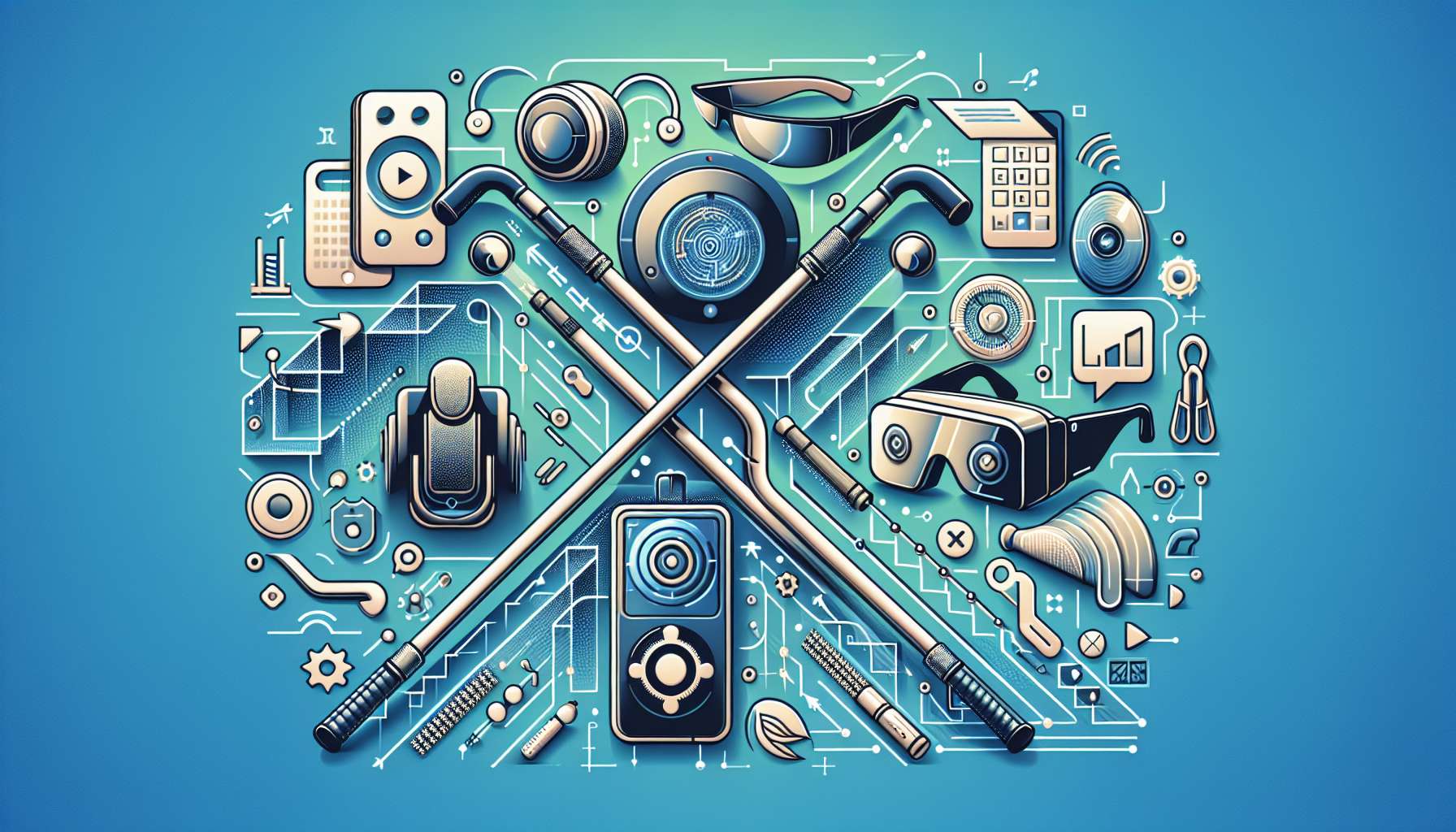Augmented reality (AR) is revolutionizing the automotive industry by enhancing the driving experience in ways previously unimaginable. This cutting-edge technology overlays digital information onto the real world, providing drivers with valuable insights and enhancing safety, convenience, and overall driving pleasure.
One of the key applications of AR in the automotive sector is in heads-up displays (HUDs). These systems project critical information such as speed, navigation instructions, and alerts directly onto the windshield, allowing drivers to access vital data without taking their eyes off the road. By integrating AR into HUDs, automakers are able to enhance situational awareness and reduce distractions, ultimately leading to safer driving conditions.
AR is also being used to improve navigation systems in vehicles. By superimposing route guidance onto the driver’s field of view, AR navigation systems provide intuitive directions that are seamlessly integrated with the real-world environment. This not only simplifies the navigation process but also helps drivers make informed decisions, such as lane changes and turns, with greater confidence.
Furthermore, AR technology is transforming the way drivers interact with their vehicles. Through AR-enabled apps, drivers can access real-time information about their vehicle’s performance, maintenance needs, and surrounding environment. For example, AR can overlay diagnostic data onto the engine bay, allowing drivers to quickly identify and address mechanical issues without the need for a trip to the mechanic.
In addition to enhancing the driving experience, AR is also playing a significant role in the design and manufacturing processes within the automotive industry. Designers and engineers are using AR to visualize and test new vehicle concepts in a virtual environment, enabling them to iterate quickly and efficiently before physical prototypes are built. This not only accelerates the product development cycle but also reduces costs associated with traditional design methods.
Overall, augmented reality is reshaping the automotive industry by offering innovative solutions that improve safety, convenience, and efficiency for drivers. As AR technology continues to advance, we can expect to see even more exciting applications that will further enhance the driving experience and pave the way for the future of mobility.








